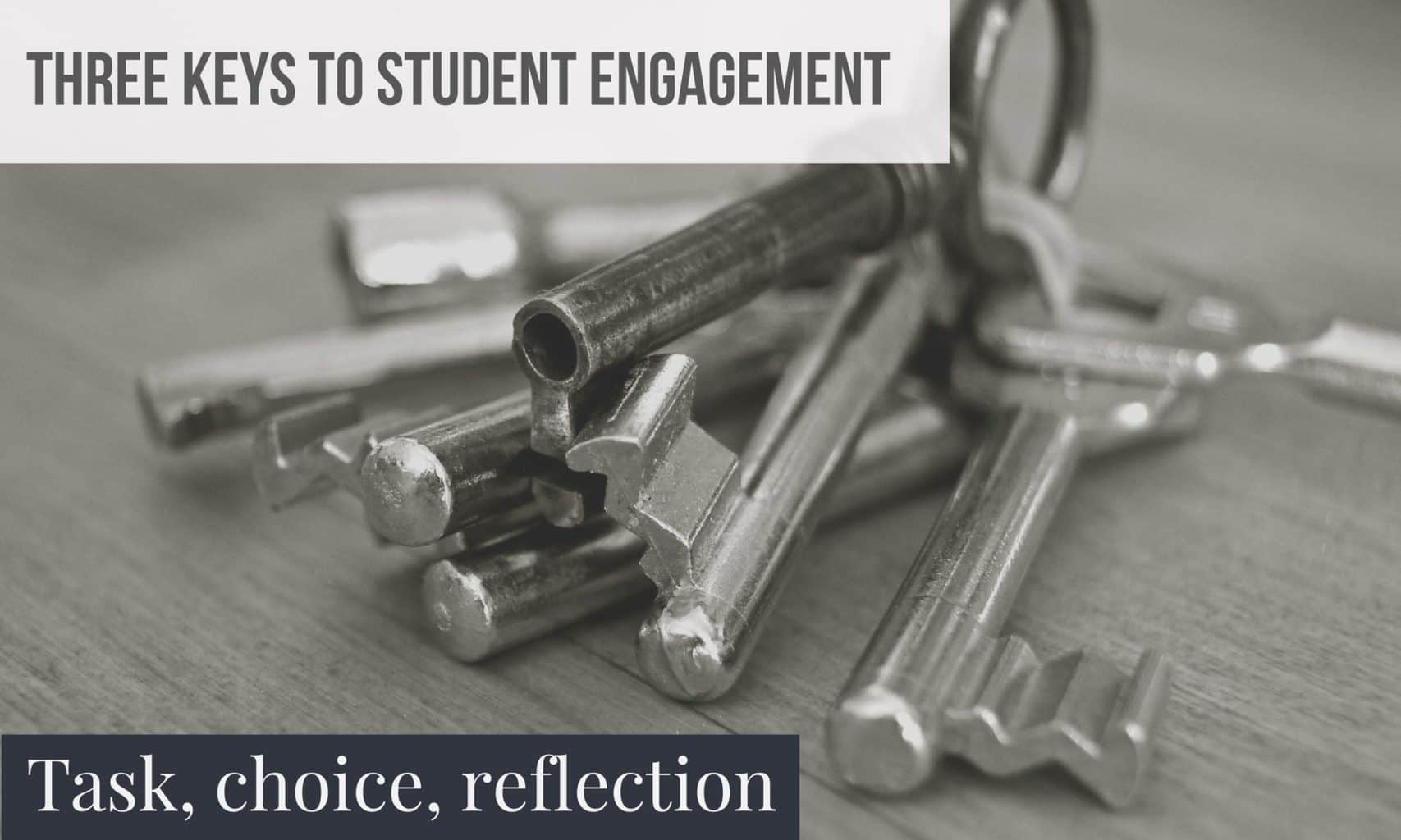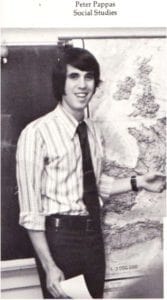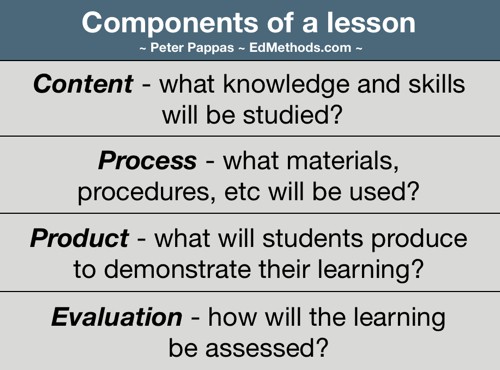Today’s class will focus on the subject of student engagement. We’ll use a presentation and a few activities to demonstrate how higher order thinking tasks, opportunities for student choice and fostering student reflection can both enhance student engagement and create deeper learning. Three Keys handout 1.5MB pdf
We will also log into new WordPress accounts and give students the chance to introduce themselves in a visual essay in response to a poem.
Assignment 2
See completed student assignment 2 here
Here’s your chance to demonstrate the role of thinking task, choice and reflection. Read Where I’m From, below and create a blog post that uses words and images to describe “where you’re from.” Don’t feel you have to take the prompt literally – what other descriptors tell us about your roots?
- You should include at least two public domain images in the post. One as a featured image and another in the body of your post.
- More on finding copyright-free images at Teacher’s Tool Kit: Finding Documents
- More on using WordPress see Teacher’s Tool Kit: WordPress
“Where I’m From” by George Ella Lyon
I am from clothespins,
from Clorox and carbon-tetrachloride.
I am from the dirt under the back porch.
(Black, glistening,
it tasted like beets.)
I am from the forsythia bush
the Dutch elm
whose long-gone limbs I remember
as if they were my own.
I’m from fudge and eyeglasses,
from Imogene and Alafair.
I’m from the know-it-alls
and the pass-it-ons,
from Perk up! and Pipe down!
I’m from He restoreth my soul
with a cottonball lamb
and ten verses I can say myself.
I’m from Artemus and Billie’s Branch,
fried corn and strong coffee.
From the finger my grandfather lost
to the auger,
the eye my father shut to keep his sight.
Under my bed was a dress box
spilling old pictures,
a sift of lost faces
to drift beneath my dreams.
I am from those moments–
snapped before I budded —
leaf-fall from the family tree.
Header image credit Adobe Spark






